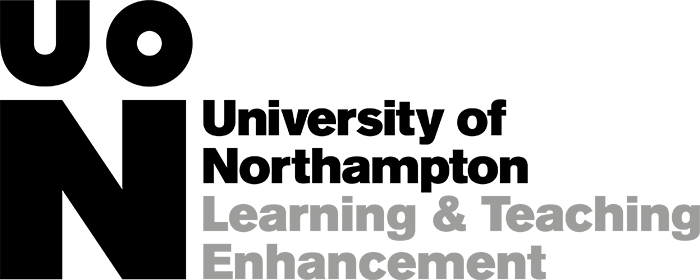Assessment design cannot be separated from the design of the learning outcomes and the learning and teaching approaches. Identifying what students need to achieve is the starting point for a course design approach referred to as ‘backwards design’ (Wiggins and McTighe, 2005).
The Assessment Design Process
The process usually begins by establishing the desired outcome(s) of a given programme of study, which in turn helps identify the outcomes for the individual modules and the attributes a student must demonstrate to be considered successful. Defining attributes and outcomes is a key part of the CAIeRO process.A programme level view is important for establishing a coherent and integrated assessment strategy across the programme:
- It will help ensure an appropriate range and diversity of assessments aligned to the desired learning outcomes and the skills required for professional practice. It can also help to promote equity and inclusion of the needs of a diverse student body.
- Individual modules may not have the scope to develop more complex understanding and skills, or to deliver the “cycles of continuous reflection” necessary for lifelong learning (Jessop et al. 2014, p74). Considering how assessment tasks may be linked together across modules can support the process of synthesis for the learner, as well as allowing staff to give feedback on “slowly-learnt literacies and complex learning” (Price et al., 2012, p. 48).
- It will help to ensure that the right learning activities are placed throughout the course in support of the assessment journey. Specific activities around understanding expectations, discussion, feedback and reflection are all beneficial to learning and achievement, particularly if they are planned in at most timely points across a programme (Race and Brown 2005)
Further information
For more information about assessment design, please access our Designing Learning pages.
